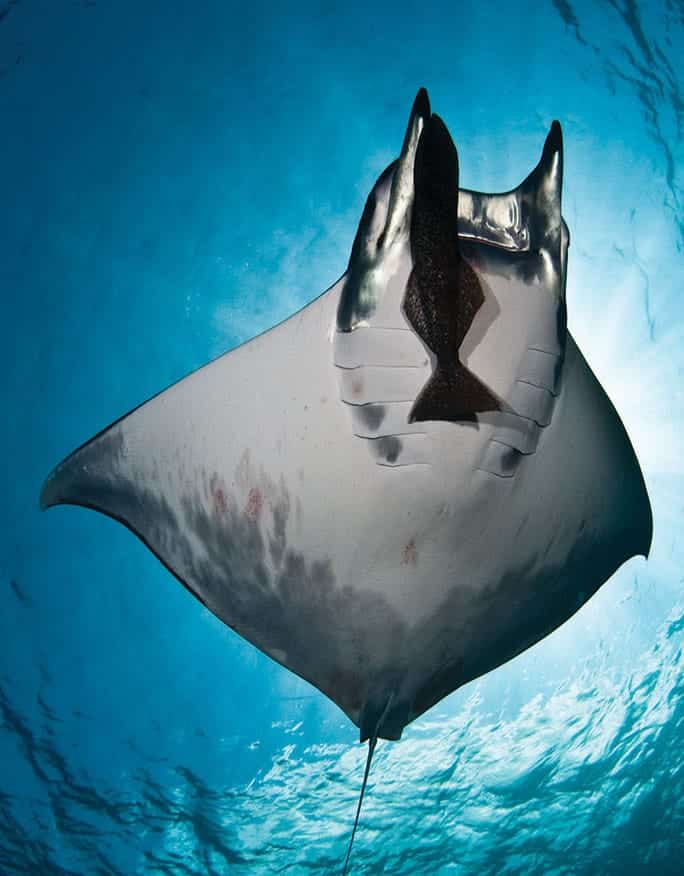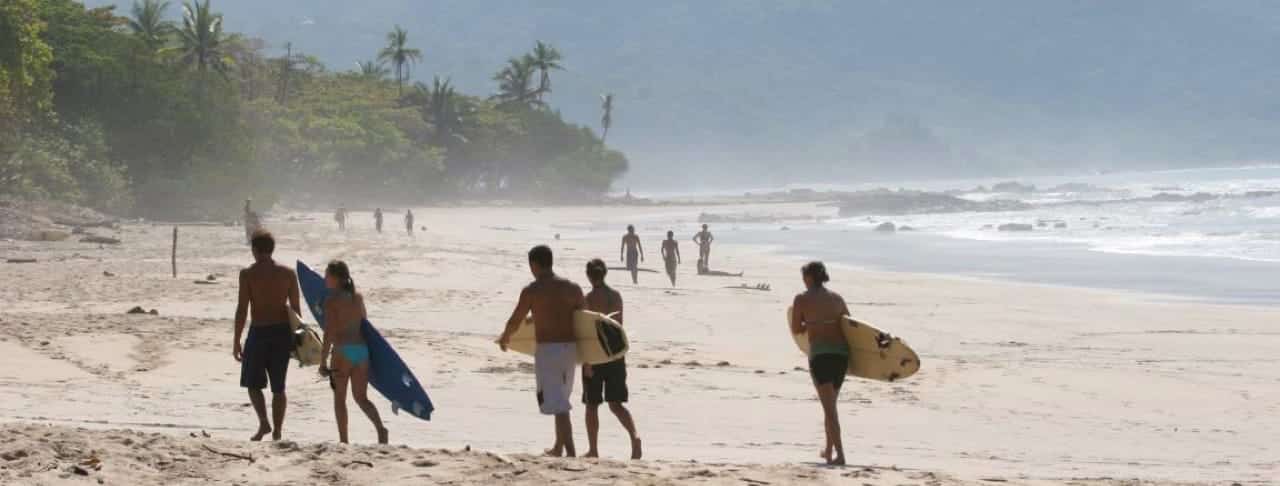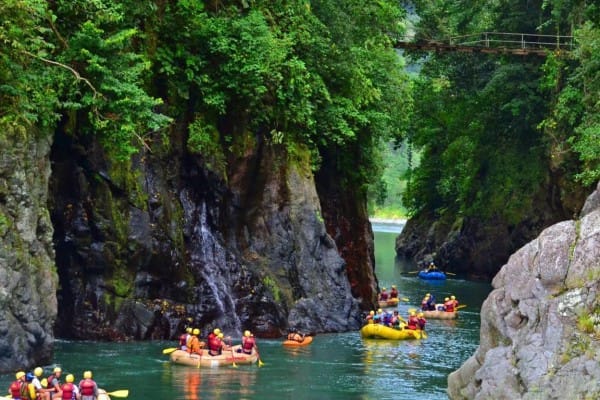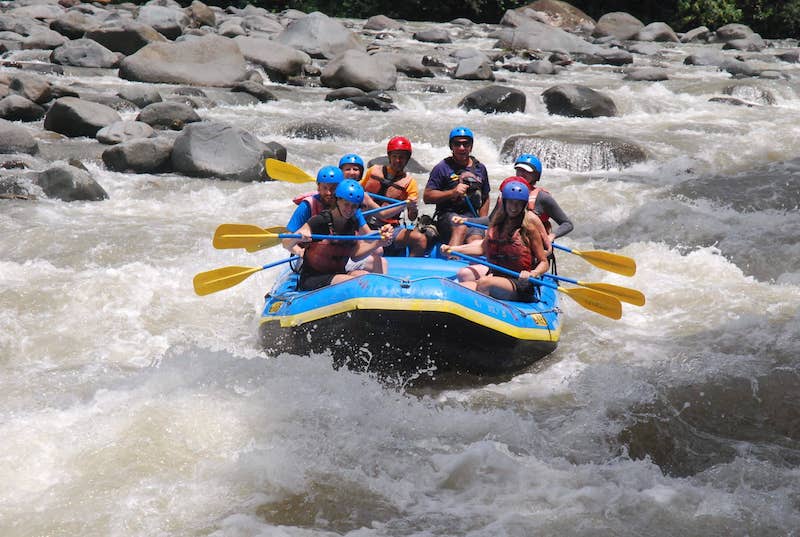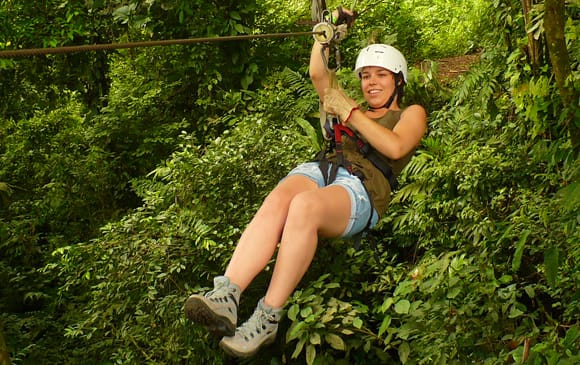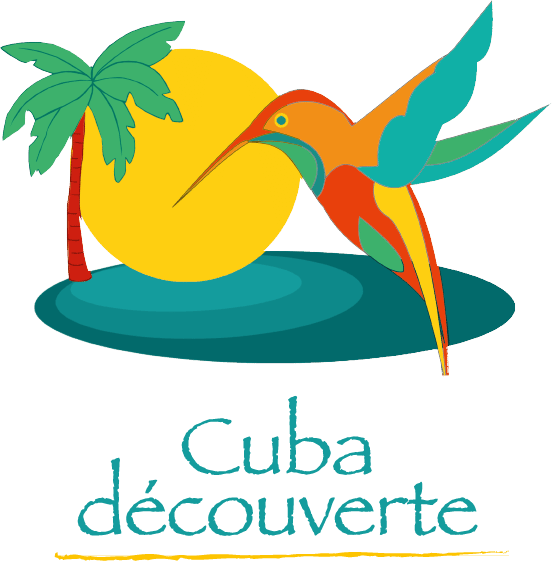WATER SPORTS: DIVING IN COSTA RICA
For fans of this sport, there are several outstanding sites to visit during your stay in Costa Rica: the Catalinas Islands in northern Guanacaste and the Isla del Caño, off the coast of Corcovado. Life-size aquariums!
Whale sharks, white tips and manta rays will be your diving companions.
The most interesting sites are Papagayo, Manuel Antonio and Cahuita, with a special mention for Isla del Caño opposite Corcovado Park.
Last but not least, an out-of-the-ordinary site reserved for the most experienced but also the most wealthy among us: Isla del Coco (book well in advance).
If you want to learn to dive, you’ll need to take an introductory course the day before, usually in the pool. If you are not a beginner, diving centers require :
– A medical certificate of fitness for diving less than 3 months old,
– CMAS or PADI card (certificate indicating level),
– Possibly a logbook to justify the number of dives.
What’s more, not all dive centers in Costa Rica are of equal quality, either in terms of equipment or safety. We’ve drawn up our own “black list” of these centers, so that we can offer you only the best and safest.

